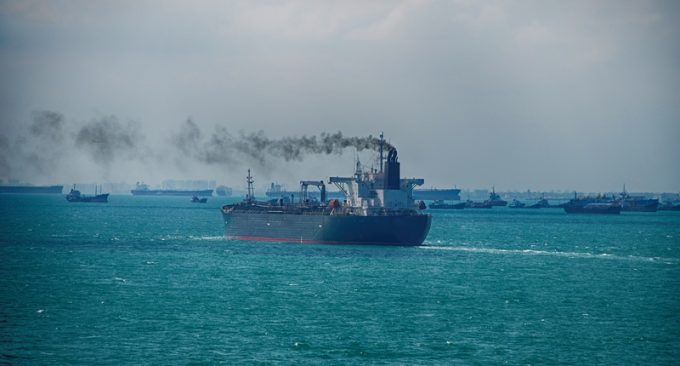Carriers cancel low-sulphur surcharges as fuel prices drop – along with demand
Container spot rates from Asia to Europe remained stable this week and, having withdrawn around ...

London-based dry cargo association Intercargo has warned of its “growing concern” at the “magnitude of the challenge” ahead for shipowners and operators with the IMO’s 0.5% sulphur cap on marine fuels coming into force on 1 January.
“It is extremely worrying that compliant fuels have so ...

Comment on this article